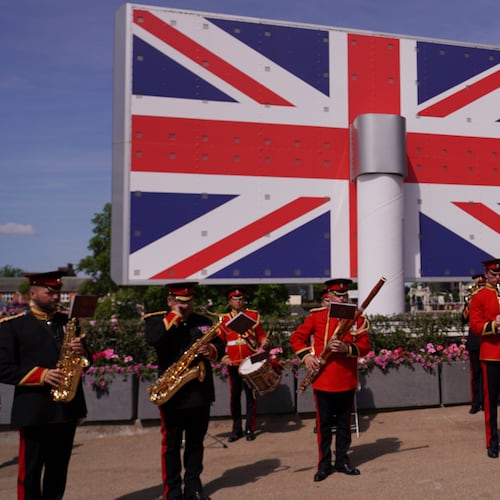In the early days of the COVID-19 pandemic, as case counts skyrocketed in New York City and Seattle, pediatricians watched, carefully, to see how children would be affected.
We feared children would suffer like they do with influenza and other infectious diseases, where they are among the most vulnerable. But, in fact, children largely have been spared the most dire, direct consequences of coronavirus.
Instead, the impact on infants, children and adolescents has turned out to be a set of secondary harms, a byproduct of the careful steps we all took to socially distance from each other and prevent the rampant spread of this virus. Schools closed, parks closed, children and families stayed at home. Children missed doctor visits, they missed school, they missed their friends, peers and teachers. This was the right decision for the good of everyone in our communities.
But as more evidence emerges about how this virus behaves, including who is most at risk and how we can improve everyone’s safety, we have an opportunity to consider new strategies. After weighing what we now know about kids and coronavirus, we believe that for the sake of their health and development, children need school.
And to ensure children and teachers can return safely, schools need funding. That’s why the American Academy of Pediatrics is urging Congress and the Administration to provide $175 billion for K-12 education and $25 billion for programs that support marginalized students most likely to be affected by missing in-person instruction.
Schools need this funding now to reduce class sizes, buy personal protective equipment for teachers, staff and students, increase cleaning and disinfecting, and implement protocols to protect everyone in schools where it’s deemed safe enough to reopen. If the virus surges in a community, schools need the ability to adapt and move lessons online until the rate of transmission is controlled – which means schools that were not able to provide all students with Internet access in the spring, must do so in the fall.
Credit: contributed
Credit: contributed
This won’t be easy. But if we truly value our children, we will find a way to adapt to this new normal with innovation, science and expertise, the same way we have conquered other challenges.
We must be guided by the science. As we study this virus, we have learned more about how it interacts with children. There is evidence that children are less likely to be infected, less likely to have severe symptoms, and less likely to spread the infection to others. Researchers in Switzerland, China, France, and Australia have documented this in studies over the past six months. We will carefully evaluate and weigh new evidence as it emerges.
As a pediatrician, I know children do best when they are in school. They benefit from the instruction of skilled teachers, they learn from interactions with their peers, and they have access to all the other benefits our society has wisely added into the structure of the school day. Those who are hurt most by the school closures are those who are the worst off. For many children, school provides crucial nutrition, mental health supports, safe surroundings and a bulwark against racial and social inequities that they face in their daily lives. The disappearance of these oases of support will have lasting consequences for these children and our society.
So as we continue to battle the virus, we call on our leaders to invest in our schools so they can reopen safely and in a way that maximizes learning, health, well-being and long-term development.
Sara “Sally” Goza, M.D., is president of the American Academy of Pediatrics. She is based in Fayetteville.
About the Author
Keep Reading
The Latest
Featured


